Fall is my favorite time of year–the apple picking, drinking cider, butternut squash, colorful leaves, crisp air…
Here are some children’s picture books about Autumn, harvest time, and falling leaves:
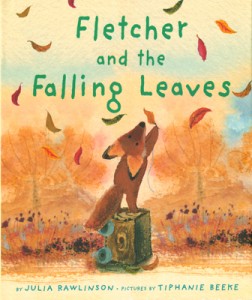
Fletcher and the Falling Leaves, by Julia Rawlinson, shares the story of an adorable fox who tries to return the autumn leaves to the tree. His woodland friends try to tell him that the tree doesn’t need the leaves anymore but Fletcher thinks that the wind, the squirrel, and the porcupine are all stealing the leaves. Finally, Fletcher realizes that the tree is beautiful in winter as well, and is content in its icy splendor. This is a sweet tale told from the perspective of a child (albeit a kit) and opens the door to explaining the changes of the leaves. A bit long for your more fidgety toddlers but just perfectly captivating for ages 3, and up.
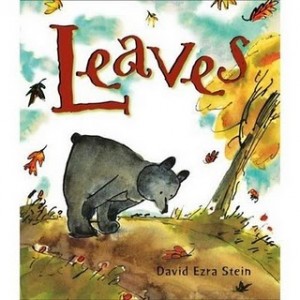
Leaves, by David Ezra Stein, tells a similar tale to the one in Fletcher and the Falling Leaves. A young bear is surprised to see the leaves falling during his first autumn. When his efforts to replace them fail, he gathers up a pile of the fallen leaves and hibernates for the winter. When he awakens, he is delighted to see the spring buds on the tree. The charming illustrations capture the innocence of the bear and the animated wonder of the falling leaves. A shorter book, this will hold the attention of most toddlers, as well as preschoolers and kindergartners.
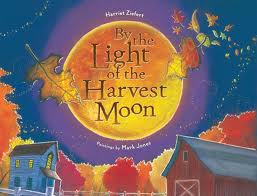
By the Light of the Harvest Moon by Harriet Ziefert is a magical tale of leaf people who come to life and enjoy a delicious and fun harvest festival. Their celebration is filled with good food, delightful games, and lots of love. Your children will probably recognize a lot of their own favorite autumn activities. The book is a little long for toddlers and younger preschoolers but the charming, fanciful and warm illustrations should grab their attention and it is just right for children four to eight. This book is a perfect addition for lessons about the harvest, fall, apples, or pumpkins.
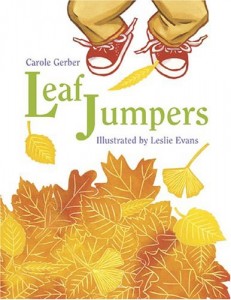
Leaf Jumpers by Carole Gerber describes the shapes and colors of falling leaves from a child’s perspective using vivid metaphors: “Stubby fingers, brown as dirt, reach from the slender white oak leaf” or “The basswood’s glowing yellow leaves are shaped like hearts with little teeth.” Older children will have fun identifying leaves on nature walks and coming up with their own metaphors. Younger children will still be able to appreciate the lively text of no more than two to four lines per page. Lush illustrations by Leslie Evans make this a joy to share with groups of mixed ages.
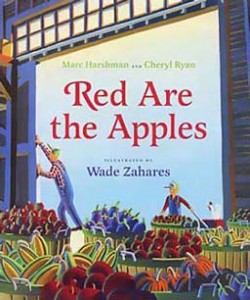
Red Are the Apples by Marc Hashman and Cheryl Ryan shares rhyming quatrains about the colors of the harvest. I love the lush, heavily foreshortened illustrations that pull you right into the picture. A nice, simple book appropriate for toddlers but also interesting enough for preschoolers and kindergartners.
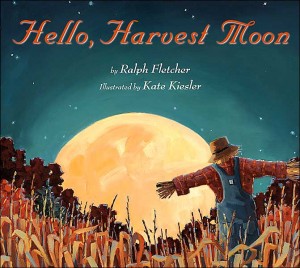
Hello, Harvest Moon by Ralph Fletcher describes the subtle changes that take place in nature under the harvest moon. The vocabulary is a bit advanced but the book is suitable for ages four to eight–just be ready to stop and define words for younger children. The lovely, impressionistic illustrations set the moonlit mood. I especially enjoy how the young girl in the book feels the pull of the moon and enjoys a few stolen twilight moments before bedtime.
Autumn Harvest by Alvin Tresselt is a harvest tale from 1951, complete with classic mid-century illustrations. Six decades ago, agriculture was probably a more familiar part of children’s lives and the harvest is treated with a matter-of-fact grace that is very comforting. The prose really hasn’t aged at all and children ages three to eight will enjoy the sights, sounds, smells, sounds, and sensations of autumn. My son especially loves the farm vehicles that feature more prominently in this book than our other harvest stories.
We Gather Together by Wendy Pfeffer describes the coming of autumn and harvest festivals in different parts of the world and throughout history. How did people in other times celebrate the harvest? How do people in other places and cultures still do so today? How can we recognize the change of seasons here in our own communities? This book addresses these questions. Although it is simply written and beautifully illustrated, the book may be a bit fact-based and long for toddlers and many preschoolers. Kids 4-8 will enjoy hearing about celebrations throughout the world. The book also provides great Autumnal Equinox activity ideas.
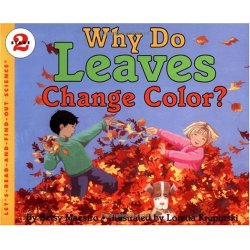
Why Do Leaves Change Color? (Let’s-Read-and-Find-Out Science, Stage 2) by Betsy Maestro is a great reference book for children. Most children will probably not enjoy it read in one sitting but it is handy to have around when questions arise. The illustrations are wonderful for showing children why the leaves change color and the text provides helpful explanations at the elementary (or non-scientifically gifted parent) level.
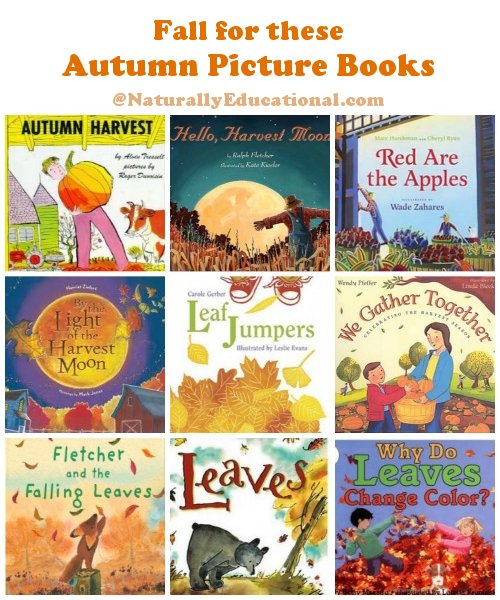
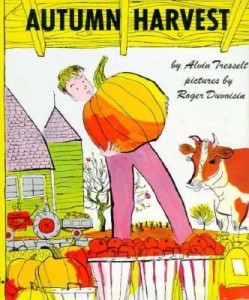
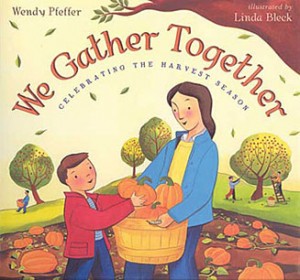
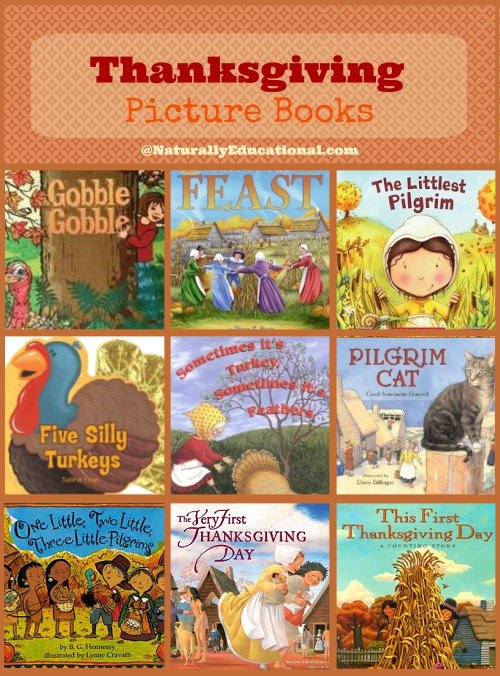
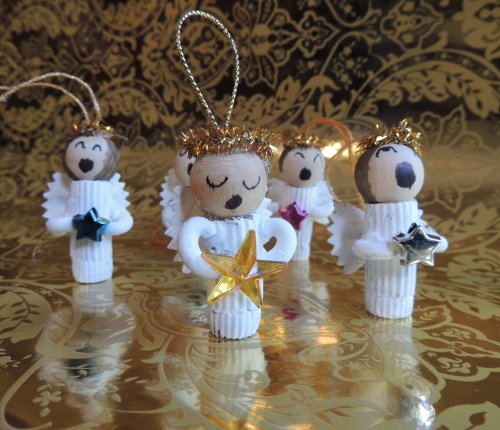
I wonder how this is different from Fletcher and the Falling Leaves – http://www.amazon.com/Fox-Falling-Leaves-Julia-Rawlinson/dp/0545042992/ref=sr_1_2?s=books&ie=UTF8&qid=1316806657&sr=1-2 – any idea? I just ordered it from Scholastic Book Clubs.
Thanks for putting this list together! I just put several on hold at the library. 🙂
Keri: I bet it is just a different imprint. I will check to see is Amazon has a “look inside” when I am at the computer.
These are great. There’s a new picture book out called Ten Thankful Turkeys, that my kids really loved. It’s about how turkeys celebrate Thanksgiving (minus the turkey as the main course). 🙂 Just love this time of year!